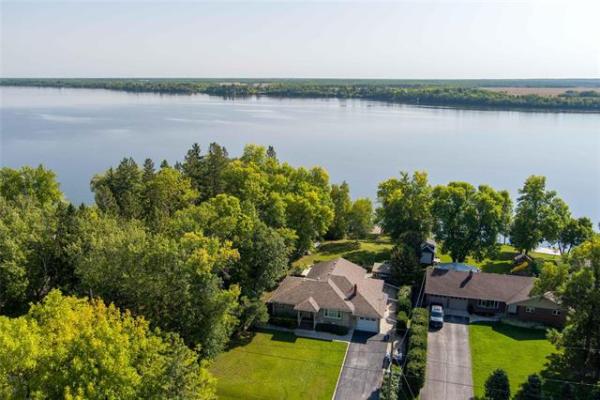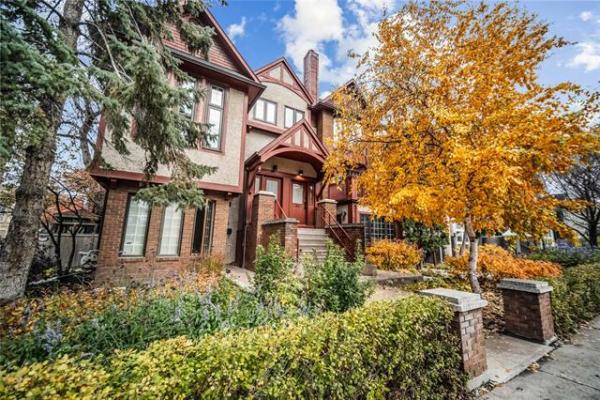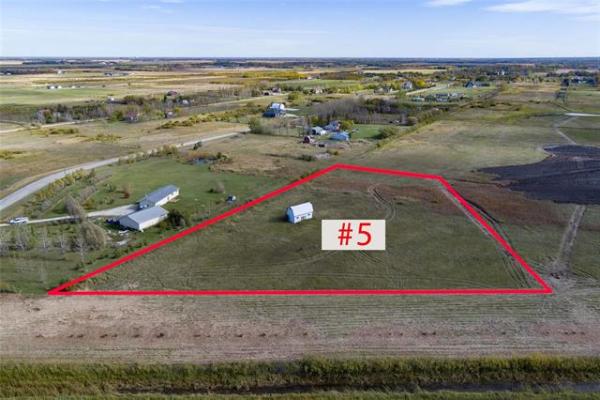Question: Our cottage has a large deck on the west side and a small, open porch area on the east side. The deck is made of treated wood and is still solid, but it is about twenty years old and has surface cracks or splinters in many places. A few years ago, we stained both surfaces with a semi-transparent alkyd stain. We had prepped the surfaces with a commercial deck cleaner applied with a stiff-bristled scrub brush, and followed the instructions for rinsing and drying. By the next summer, much of the stain had peeled or faded from the surface of the deck. Meanwhile, the stain adhered much better to the porch area, which was replaced with new wood about ten years ago and is not cracked or splintered.
If we repeat our previous procedure, we will probably get the same result. Is there a better way to prepare the deck so that the wood will hold the stain, for example power sanding and/or power washing? Alternatively, is there a high-quality stain specifically designed for old wood? Or, in your view, is any new attempt doomed to fail in light of the age and condition of the wood on the deck?
Thanks for your response, Gene.
Answer: Staining or finishing the horizontal surface of a deck and expecting it to last may be wishful thinking. Pressure treated wood is designed to last for decades, untouched, so spending money and efforts on cosmetic improvements may be futile, unless you plan to do it every year.
Re-finishing the surface of a deck that is exposed to our harsh climate has always been a challenge. Four decades ago, when I was employed at a couple of local lumber retailers and suppliers, this was a much greater challenge than today. Back then, there were only a couple of options for materials suitable for building an exposed deck. The two most popular were spruce and cedar, with fir being a possible option for the joist structure beneath the decking. Spruce was the most economical choice, but needed to be treated or stained almost immediately after installation to prevent moisture damage and would need to be redone regularly. The quality of the spruce was sufficient for a smooth surface to walk on and strong enough for the beams and joists. Unfortunately, even with regular application of good quality wood stains, the longevity of the material was likely only a decade or so.
A much better option for exterior decks was western red cedar, normally twice as expensive as spruce. Cedar not only was much more attractive, when initially installed, but has a natural resistance to rot. It could be installed, untreated, and often last up to two decades or more. The main downside was that the lovely brown colour would quickly turn to grey, usually within a year, due to the UV rays from the sun. For that reason, various wood stains/preservatives came to the market which enhanced or replaced the cedar look for a longer time. Regardless of the cost or quality of those products, they worked well on vertical surfaces but had a very limited life expectancy, a year or two, on decks and other horizontal wood structures.
During that time, a new product was developed that used preservatives injected under pressure for increasing the longevity of cheaper wood, spruce, pine, and fir. This process would give it a similar or longer life expectancy than cedar, and also help prevent attack by insects. The two main detractions were that the wood surface was impregnated with numerous small incisions, which were use to allow better penetration of the preservatives. The second was that the preservative was copper based, giving the wood an unattractive green colour. The main deterrent, from my viewpoint, was the low quality of the wood used. It was found that spruce would not accept the preservative well, so various species of low-quality pine were used. They were prone to loose knots, warping, bowing, and other negative features. Cedar-like stains were incorporated into the process to mask the green preservative, but would fade over time. Also, the cost of preserving the wood put it more in the price point of cedar, so early adoption was limited.
The good news is that the manufacturers of pressure treated wood refined the process, eliminated the need for incising the surface, and began using better quality pine for their products. For the last two to three decades pressure treated lumber has been the preferred material for not only decks, but fences and other exterior exposed wood products. Unfortunately, even the best quality cedar-coloured preserved wood fades, leaving behind a light greenish-grey tone. Many homeowners, like you, attempt to stain the surface for improved appearance. However, even the best quality products will only last a few seasons before wearing off due to foot traffic, environmental debris, moisture, and exposure to the sun.
Lately there has been a small revolution of products made with various plastics, or hybrids with wood fibre and plastics, which need almost no care and show little deterioration, presumably for decades. While most of these products appear to be excellent quality, they are typically two to three times the cost of treated wood. Pressure treated wood may be used for the structure beneath the composite decking. Also using it for the decking and other components still makes sense, if you can stomach the negative change in appearance, over time.
Pressure treated wood is a good choice for longevity of an exposed deck, but is designed not to need future staining or preserving, which will not last more than a year or two if attempted. Regular cleaning with soap and water, or a pressure washer on a very low setting, may be a better use of your time than perennial staining.
Ari Marantz is the owner of Trained Eye Home Inspection Ltd. and a Registered Home Inspector (RHI)(cahpi.ca). Questions can be emailed to the address below. Ari can be reached at 204-291-5358 or check out his website at trainedeye.ca.
trainedeye@iname.com



